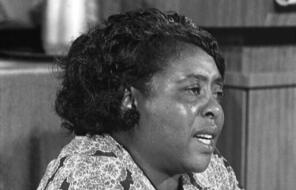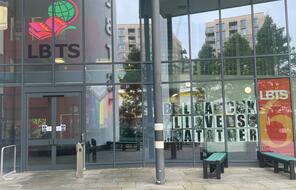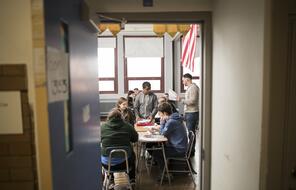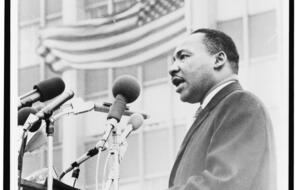
Nothing about Us without Us: Promoting Disability History and Awareness in Classrooms
According to the World Health Organization, 15% of the global population experiences some form of disability, making up the world’s largest minority. In the US alone, one in four people are disabled. In a world built for some of us, but not all, progress towards a truly inclusive and equitable society can leave no one behind.
Though the landmark Americans with Disabilities Act (ADA) was instituted in 1990, disability rights advocacy dates back to the nineteenth century with struggles and triumphs along the way. Coining the slogan, “nothing about us without us,” activists have long asserted that no policies, from education reform, to employment protections, to better treatment and care in hospitals, should be created without the full and direct participation of those it affects. Champions of disability rights, like the late Judy Heumann, have raised awareness and given voice to the cross-section of the movement’s prevailing demands: justice, equal opportunities, and reasonable accommodations.
Disability justice is about political organizing and legal change… but it's also about creating communities where we can be all of ourselves without shame, and with joy.
- Leah Lakshmi Piepzna-Samarasinha, author of Care Work: Dreaming Disability Justice
As the disability rights movement has expanded to disability justice, a framework that recognizes disability and ableism are interconnected with other systems of oppression, we encourage educators to consider how they can include lessons on disability history and awareness to help bridge the inclusion and equity gap. By providing students with the language and opportunities to acknowledge the wide spectrum of diversity, including disability, educators can open the door to meaningful conversations. Facilitating these discussions and actively listening to students' thoughts and observations allows them to make sense of disability based on their own perspectives. Teaching about disability rights not only can increase awareness but also foster empathy and a sense of belonging in classrooms, promoting a more inclusive and compassionate learning environment. Below you will find a compilation of resources to support your classroom instruction.
- PROFESSIONAL LEARNING WEBINAR: Teaching the History of Disability and Building Inclusive Learning Communities
Available on-demand, tune into this educator panel about teaching the history of disability and creating the processes and practices essential to building inclusive communities.
- GUIDE: All Community Read Guide: Being Heumann and Rolling Warrior
Our 2022-2023 All Community Read spotlighted one of the most influential disability rights activists in US history, Judy Heumann. This planning will support your school community as you read her memoir.
- MINI LESSON: Disability Rights and the Legacy of Judy Heumann’s Activism
Learn about Judy Heumann’s life and legacy and explore ways to continue to advance disability rights.
- CURRICULUM: Emerging America’s Reform to Equal Rights—Disability History Curriculum
With nearly 250 primary sources this curriculum emphasizes evidence-based student investigation of policy, culture, media, social change, and activism, always emphasizing the actions, experiences, and voices of people with disabilities.
- SERIES: National Park Service Series: Disability History
A compilation of stories by, from, and about people with disabilities in the US.
- BOOK: Demystifying Disability: What to Know, What to Say, and How to Be an Ally
Emily Ladau’s approachable guide to being a thoughtful, informed ally to disabled people, with actionable steps for what to say and do (and what not to do) and how you can help make the world a more inclusive place.
- TOOLKIT: Learning for Justice’s Toolkit for Beautiful Differences
This toolkit will help you and your students discuss issues of accessibility and what they mean in your school and local community.












